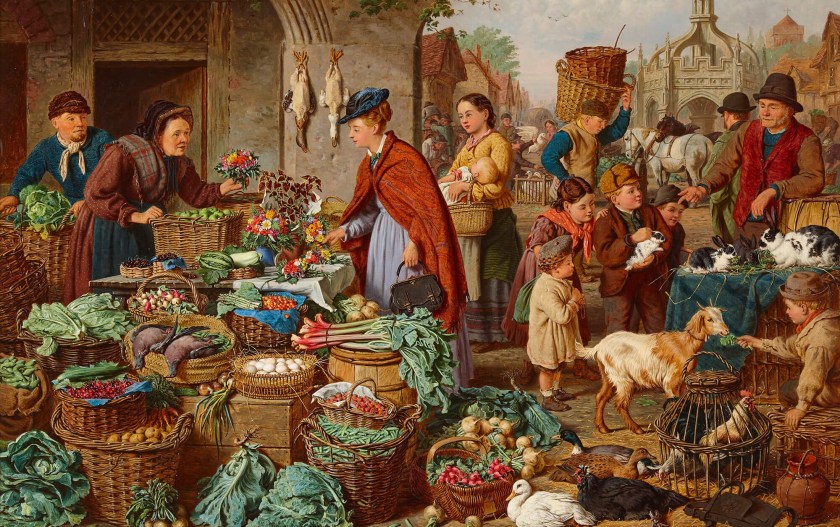My cousin, Barry Winter, died recently. He was the loveliest person you could hope to meet. He was born in Stoke-on-Trent, the only child of my dad’s older brother, Clifford, and his wife, Fay, market traders in the Tunstall and Hanley markets.
Tag: Tunstall Market
Tunstall was a major shopping centre
Between 1738 and 1800, the township’s population rose from 200 to 800. By 1811 it had risen to 1,677. In 1821, the population was 2,622. Between 1831 and 1841 it increased from 3,673 to 6,979. Tunstall was no longer an industrial village. It had become a town with shops and markets that attracted customers from Butt Lane, Kidsgrove, Mow Cop, Harriseahead, Biddulph, Brindley Ford, Packmoor, Chell and Goldenhill.
Tunstall Was a Prosperous Town
In the 1830s, Tunstall was a prosperous industrial and market town.
There were 17 firms manufacturing pottery. Twelve made earthenware. Three produced earthenware and china. Two manufactured china figures and Egyptian blackware.
The Trent & Mersey Canal ran through the Chatterley Valley. In the valley, there were two brick and tile works. There was a factory making chemicals at Clayhills and a coal wharf on the banks of the canal. Coal and ironstone were mined at Newfield and Clanway.
The east side of Liverpool Road (High Street) from the Highgate Inn to the Old Wheatsheaf Inn had been developed. There were shops on Liverpool Road and in Market Place (Tower Square) where a market was held on Saturdays.

The market opened early in the morning and closed late at night. It was a bustling market with stalls selling a wide range of goods, including household items, furniture, shoes, and clothing. Green grocers sold fruit and vegetables. Farmers’ wives had stalls in the Market Hall, where they sold eggs, butter and cheese. Between the Market Hall and Liverpool Road were stalls selling meat, fish and poultry.
Saturday was the busiest day of the week for shopkeepers and innkeepers. The market attracted customers from Butt Lane, Kidsgrove, Mow Cop, Harriseahead, Packmoor, Biddulph, Chell and Goldenhill.
Copyright David Martin 2023
NSH2023/Revised2025